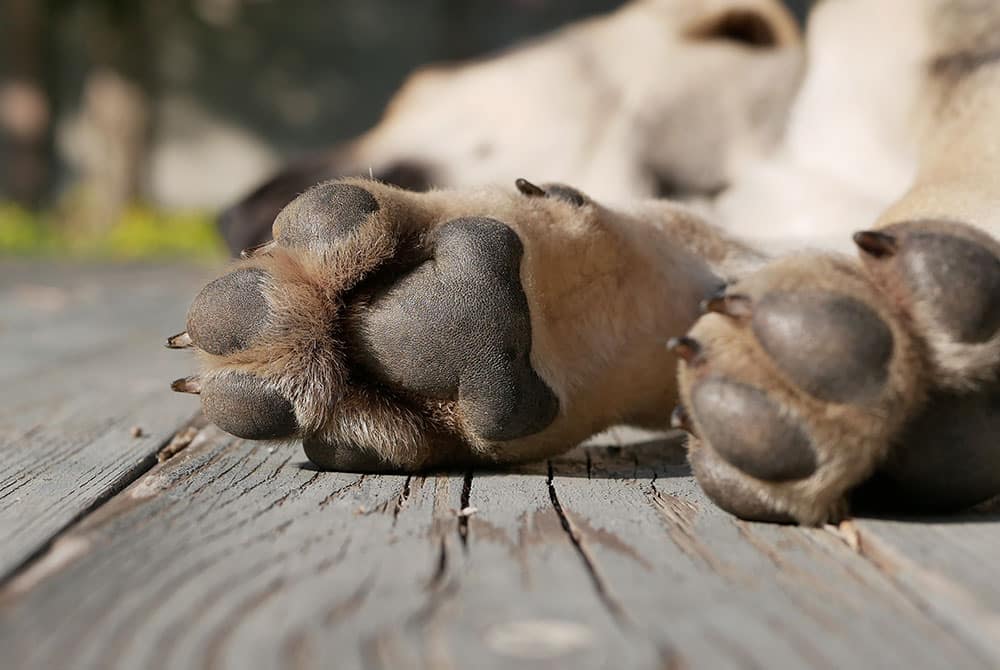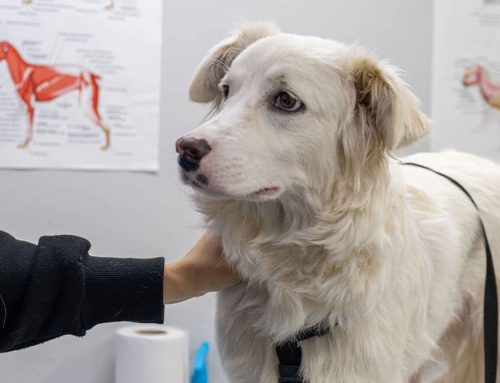Summer is a great time for outdoor fun with your furry friends, but as temperatures rise, so does the risk of injury from an unexpected source — the pavement beneath their paws. Asphalt and concrete can heat up quickly in the sun, becoming dangerously hot for pets and potentially causing painful burns or heat-related illnesses. At Vets to Pets Mobile Veterinary Care, we want to help you keep your pets safe and comfortable on every summer stroll. Here’s what you need to know about hot pavement and how to walk your dog safely when the sun is blazing.
How Hot Is Too Hot?
You might be surprised to learn just how hot pavement can get. When the air temperature is 85°F (29°C), asphalt in direct sunlight can reach over 130°F (54°C) — hot enough to cause burns in less than a minute.
Here’s a general guide:
| Air Temperature | Asphalt Temperature |
| 77°F (25°C) | 125°F (52°C) |
| 86°F (30°C) | 135°F (57°C) |
| 87°F (31°C) | 143°F (62°C) |
If it’s too hot for your bare feet, it’s too hot for your pet’s paws.
The “Seven-Second Rule”
An easy way to test the pavement is the “seven-second rule”: Place the back of your hand on the pavement. If you can’t hold it there for at least seven seconds without discomfort, it’s too hot for your pet to walk on safely.
Dangers of Hot Pavement
- Paw pad burns – These can be extremely painful and may take weeks to heal.
- Overheating – Walking on hot surfaces contributes to overall body heat and increases the risk of heat exhaustion or heatstroke.
- Reluctance to walk – Pets may become fearful or anxious if previous walks caused discomfort.
Tips for Safe Summer Walks
- Walk Early or Late:
Choose early morning or evening hours when the ground is cooler. Avoid mid-day heat when the sun is at its strongest. - Stick to Grass and Shade:
Plan routes with plenty of grass, dirt trails, or shaded paths. Parks are often better than sidewalks on hot days. - Use Protective Gear:
Dog booties can provide a barrier against hot surfaces. Make sure they fit well and that your dog is comfortable wearing them. - Stay Hydrated:
Bring fresh water for your pet (and yourself!) and offer it regularly during your walk. Dehydration can worsen heat stress quickly. - Watch for Signs of Burn or Heat Distress:
Look for limping, licking paws excessively, whining, or visible redness and blisters on paw pads. Also watch for signs of overheating like excessive panting, drooling, or lethargy.
If you’re ever unsure about walking conditions or if your pet shows signs of discomfort, don’t hesitate to call us. We’re here to help keep your pets safe every step of the way!








Leave A Comment